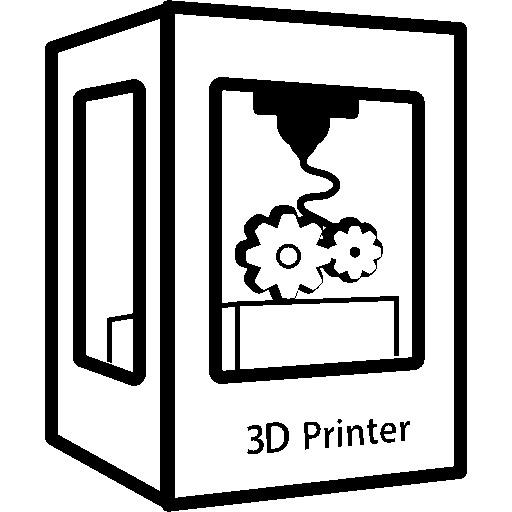Here is all the Stuff I printed with my new P1S thus far!


Since im here, I’ll need a bit of advice/guidance tho… For one, sometimes the nozzle doesn’t clean itself properly and flings its poop on the bed. From what I read I can put an A1 Nozzle Wiper somewhere to insure it cleans better?
And for the bigger, what I asume to be Issue, even when it wipes itself successfully, there always comes out a large string of Filament afterwards, which the P1S does not try to clean. Then going on to print away with this string still on. It seems very unintentional. 
While this is manageable in single colour prints, it makes using the AMS basically impossible, as this happens after every Colour change. This is what the bed looked like after my only proper Multicolour Print… 
Anyone faced the same issue who could maybe help me?


Second, print the included bed scraper if you haven’t already. It’s the second thing I’d print after the Benchy.
Third, here’s some essentials to have on hand for maintenance:
Super Lube I use this for the metal bearing rods on the print head gantry and print bed. DO NOT APPLY to the carbon rods on the print head. It’s also super useful if you start hearing a rubbing / grinding sound whenever the bed jiggles during levelling / moving up and down OR the print head moving about. This is caused by the edges of the belt rubbing against the sides of the belt pulleys. I fixed this by CAREFULLY applying a very thin coat of the lube to the edges of the belts on the gantry and in the base underneath the printer. DO NOT GET LUBE ON THE BELT TEETH! I literally put a small dab of lube on my finger and running it carefully along the very edge of the belts.
Isopropyl Alcohol like this contact cleaner.
[Don’t use this for cleaning the build plate, use warm soapy water] This is very useful for removing lube and grease when doing maintenance on your printer and I’d say it is the go to for cleaning those moving parts before re-applying lube / grease as appropriate. Speaking of which.
Lithium Grease. I used this on the z-build plate screw threads after the little sachets included with the printer ran out. After cleaning off the previous grease with the contact cleaner and a microfiber cloth I smeared a healthy dose of this along all 3 screw threads and moved the bed all the way up and down to get a nice even coat before wiping off the excess.
a BRASS wire brush. I’d recommend a brass wire brush for gently cleaning off gunk in your nozzle because brass is a softer metal than your steel nozzle so it won’t damage it, just be careful around the silicone sock.
And finally, you should get yourself an active filament dryer.
I personally use Polymaker’s PolyDry Dry Boxes and Dryer because I like that the drying base is detachable so once the filament has been dried it lives in the sealed box until I pop it out to put it in the AMS. Check for a local distributor but they can be found occasionally on Amazon but the cheapest place is AliExpress though you will have to wait for a while for them to arrive.
There are other solutions out there so I’d advise taking a look and doing some research by watching some reviews on the multiple brands out there at different price points so you get an understanding for yourself and what you think your needs will be.
Aside from that, the rest is up to you to figure out as you learn ☺️.
Want to print in more detail? Consider buying a 0.2mm nozzle. Want to print in carbon fibre or other abrasive filaments? Have a look at Diamond Back nozzles for Bambu made by E3D.
But what I would highly recommend, if you can, go to your next and nearest 3D Printing / Maker festival and enjoy some time chatting in person with others in the community.
Please let me know if you have any other questions and I’ll do my best to answer or try and point in the right direction.
Can’t recommend a filament dryer enough, this is a great tip. The AMS itself helps keep your filament more dry longer than being exposed to the elements, but you really should consider a good dryer.
As far as nozzles go, mind the filaments you plan to use with them, as a .2 nozzle is way more likely to clog with “filled” filaments, but if you’re printing non abrasive, non filled filaments and you want the extra detail you can’t beat a .2 - i purchased the CMYK lithophane kit and the detail with the smaller nozzle makes them almost photo quality. The great part is, though, bambu nozzles are far simpler to change than most other printers. If you plan on swapping them often, I’d recommend printing the cable/connector removal tools as the connectors can be a bit fiddly.